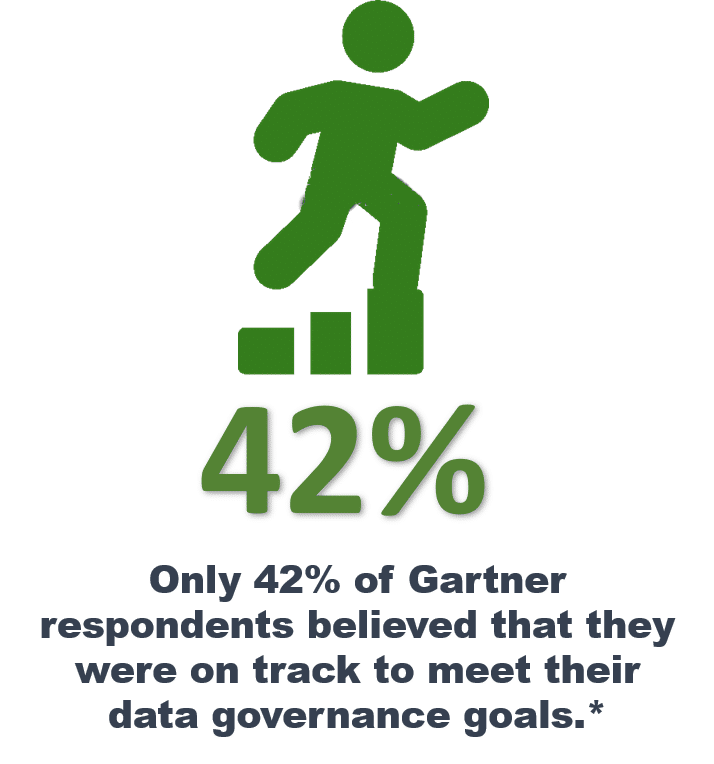
Data governance, cybersecurity and zero trust data access are three essential pillars for organizations seeking to protect their valuable data assets in today’s digital landscape.
Data Governance, Cybersecurity and Zero Trust Data Access: The Essential Pillars to Protect Data Assets
Estimated reading time: 3 minutes
Table of Contents
-
- Introduction: The Crucial Triad of Data Governance, Cybersecurity, and Zero Trust Data Access
- What is Data Governance?
- What is the Role of Data Governance Best Practices in Cyber Security?
- How Does Zero Trust Data Access Aid Data Governance and Overall Cybersecurity?
- Summary: Zero Trust Data Access Aligned with Data Governance Principles
Introduction: The Crucial Triad of Data Governance, Cybersecurity, and Zero Trust Data Access
Data governance, cybersecurity and zero trust data access are three essential pillars for organizations seeking to protect their valuable data assets in today’s digital landscape. Data governance establishes frameworks and policies to ensure data quality, integrity, and security throughout its lifecycle, while cybersecurity focuses on safeguarding against evolving cyber threats. This article explores the concept of data governance, its implications for cybersecurity, and the role of Zero Trust data access in bolstering both data governance and overall cybersecurity practices.
What is Data Governance?
Data governance refers to the overall management and control of an organization’s data assets. It involves establishing policies, procedures, and frameworks to ensure the quality, integrity, security, and availability of data across the organization. Data governance aims to provide a structured approach to managing data throughout its lifecycle, from collection and storage to usage and disposal.
The primary objectives of data governance are ensuring that data is accurate, consistent, and reliable, maintaining the accuracy and completeness of data throughout its lifecycle, protecting data against unauthorized access, disclosure, and misuse, ensuring that data management practices align with applicable laws, regulations, and industry standards, managing data from creation to retirement in a structured manner, and enabling effective and responsible use of data for business purposes.
By establishing robust data governance practices, organizations can enhance data quality, mitigate risks, improve operational efficiency, and derive greater value from their data assets.
What is the Role of Data Governance Best Practices in Cyber Security?
Data governance plays a crucial role in enhancing cyber security within an organization. Data governance helps in classifying and categorizing data based on its sensitivity and criticality, it establishes guidelines for access controls and authorization mechanisms, plays a critical role in ensuring compliance with regulations, establishes processes for incident response and breach management, and often includes security awareness and training programs for employees.
Overall, data governance provides a framework that supports and reinforces cybersecurity practices within an organization. It helps establish a strong security posture, enables compliance with data protection regulations, and enhances the organization’s ability to prevent, detect, and respond to cyber threats effectively.
How Does Zero Trust Data Access Aid Data Governance and Overall Cybersecurity?
 Zero Trust data access is an approach to cybersecurity that assumes no inherent trust for users regardless of their location. It challenges the traditional security perimeter-based model and focuses on verifying and granting access based on identity. Zero Trust data access has several implications for data governance and cybersecurity:
Zero Trust data access is an approach to cybersecurity that assumes no inherent trust for users regardless of their location. It challenges the traditional security perimeter-based model and focuses on verifying and granting access based on identity. Zero Trust data access has several implications for data governance and cybersecurity:
-
Enhanced Access Control:
- Zero Trust data access enforces granular access controls based on the principle of least privilege. Users are granted access only to the data they specifically require to perform their tasks, reducing the risk of unauthorized access and data breaches. This aligns with data governance principles of ensuring data is accessed only by authorized individuals, minimizing the potential for data misuse or compromise.
-
Data Segmentation:
- Zero Trust promotes data segmentation by dividing sensitive data into smaller, isolated segments or micro-segments. This segmentation helps contain the impact of a potential breach, as attackers will have limited access to specific segments of data. From a data governance perspective, this practice helps in managing and securing data more effectively by compartmentalizing it based on sensitivity, compliance requirements, or other factors.
-
Activity Tracking and Authentication:
- Zero Trust relies on activity tracking and authentication mechanisms to verify the identity and behavior of users. By tracking data access and user activity, organizations can detect anomalous behavior and potential security incidents more quickly, contributing to data governance efforts focused on maintaining data integrity and detecting unauthorized access or data breaches.
-
Least Privilege Principle:
- Zero Trust emphasizes the principle of least privilege, meaning users are granted the minimum necessary access permissions required to perform their tasks. This principle aligns with data governance objectives of minimizing the exposure of sensitive data and limiting access rights to only those who need it. By adhering to the least privilege principle, organizations reduce the attack surface and limit the potential damage caused by compromised accounts or insider threats.
-
Data Encryption and Protection:
- Zero Trust data access often involves the use of encryption and data protection techniques. By encrypting sensitive data and implementing robust data protection measures, organizations can ensure that even if data is accessed, it remains unreadable and unusable to unauthorized individuals. This contributes to data governance goals of maintaining data confidentiality and protecting data assets from unauthorized disclosure or theft.
Summary: Zero Trust Data Access Aligned with Data Governance Principles
In summary, Zero Trust data access aligns with data governance principles and enhances cybersecurity by enforcing strict access controls, segmenting data, tracking and authenticating users, adhering to the least privilege principle, and implementing data encryption and protection measures. By combining Zero Trust with data governance practices, organizations can significantly strengthen their overall security posture and ensure better protection of their valuable data assets.
To learn more see Network File Access Control of Unstructured Data with Zero Trust Data Access, Network Security: The Power of Zero Trust Data Access to Control On-Premises Access to Files and Folders and How Zero Trust Data Access Can Facilitate Secure and Controlled On-Premises Network Access of Files and Folders.
Learn More About FileFlex Sign Up for a Free Trial